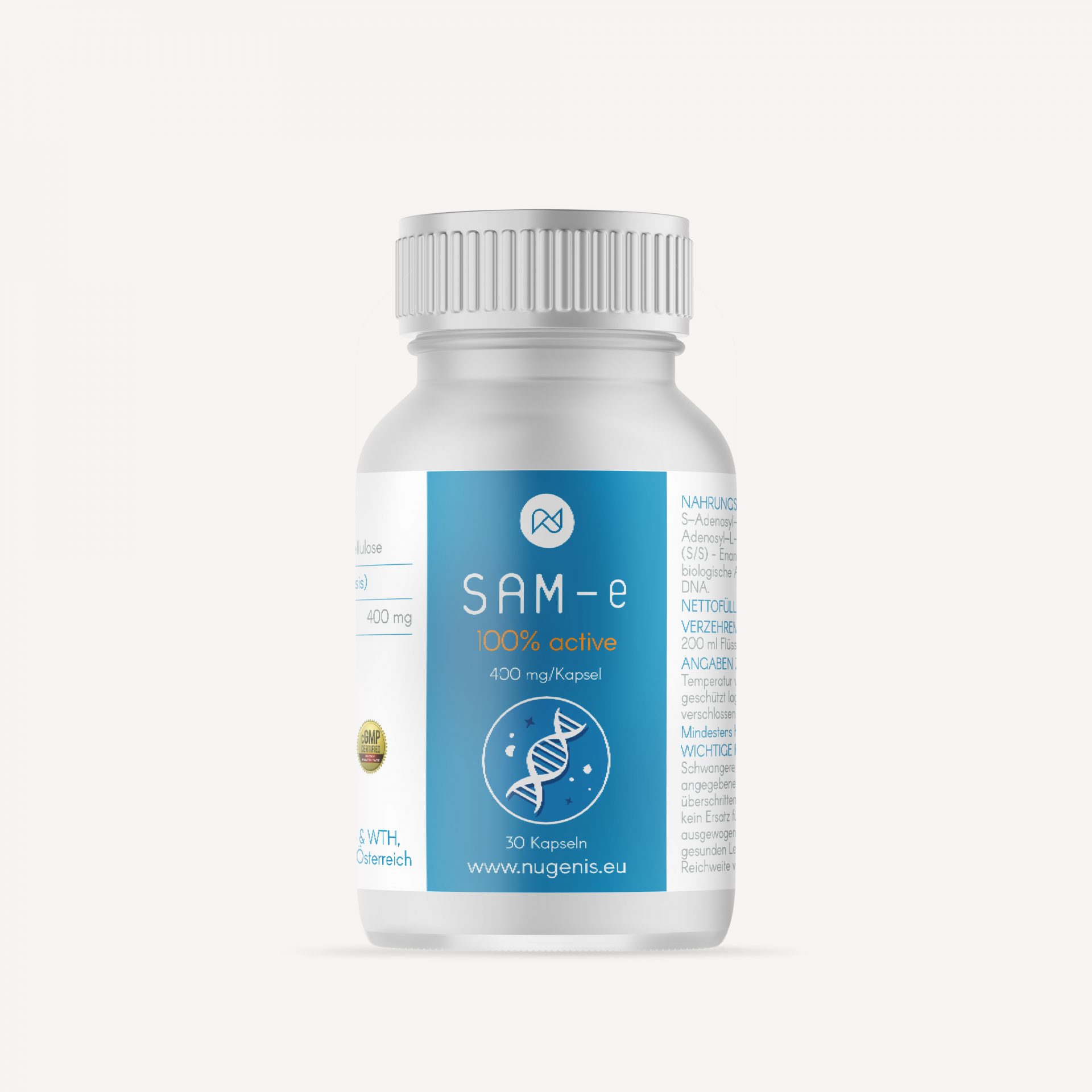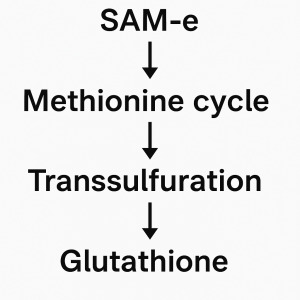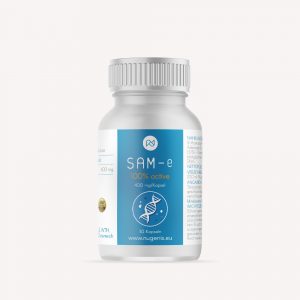
Oxidative Stress and Alzheimer’s: New Insights into Genetic Factors and Antioxidant Defense
# Cellular protection against oxidative Stress and Alzheimer’s
In a recent study I co-authored (https://alz-journals.onlinelibrary.wiley.com/doi/10.1002/alz.70117), we gained new insights into how genetically driven changes in antioxidant defense pathways contribute to Alzheimer’s disease (AD). Our research focused on key enzymes such as **superoxide dismutase 1 (SOD1)** and **glutathione S-transferase omega 1 (GSTO1)** — both essential for cellular protection against oxidative stress.

## Genetics Meets Biochemistry: SNP rs4925 in GSTO1
Using genomic analysis, we identified a specific single nucleotide polymorphism (*SNP rs4925*) in the *GSTO1* gene that is associated with elevated GSTO1 levels in platelet samples. This genetic variant may reflect a compensatory response to increased oxidative stress — a known hallmark of AD pathology.
## SOD1 and CCS: Early Biomarkers in Disease Progression
In addition to elevated GSTO1, we observed increased levels of **SOD1**, an enzyme that converts superoxide radicals into hydrogen peroxide. Interestingly, **copper chaperone for SOD1 (CCS)** — which is critical for SOD1 activation — was already reduced in individuals with **mild cognitive impairment (MCI)**, suggesting dysregulated enzyme activity even at early disease stages.
## GPX1 and Glutathione: A System in Disbalance
We also found that **glutathione peroxidase 1 (GPX1)**, an enzyme that works in tandem with SOD1, was significantly decreased in both frontal lobe brain tissue and platelets in AD patients. These findings highlight an imbalance in the **glutathione system**, one of the body’s most important defenses against oxidative damage.
## SAM-e: A Promising Therapeutic Target
One potential therapeutic approach involves targeting the **methionine cycle**, particularly through supplementation with **S-adenosylmethionine (SAM-e)**. SAM-e is not only a universal methyl donor for epigenetic regulation but also a key precursor in the **transsulfuration pathway**, which leads to **glutathione synthesis**. Enhancing this metabolic route may help boost antioxidant capacity and offer neuroprotective effects.
## Conclusion
Our findings underscore the importance of genetic variants in regulating oxidative stress in Alzheimer’s and open the door to more personalized therapeutic strategies. Early changes in **SOD1** and **CCS** levels — detectable even in **MCI** — highlight the potential of these proteins as biomarkers and therapeutic targets. Supporting the glutathione system via **SAM-e** could represent a viable strategy to counteract oxidative damage in early neurodegeneration.
Yours,
Eduard Rappold
Note: This information is provided for educational purposes and does not substitute for professional medical advice. Always consult with healthcare providers for personalized guidance on health-related matters.
Copyright © Eduard Rappold 2025

